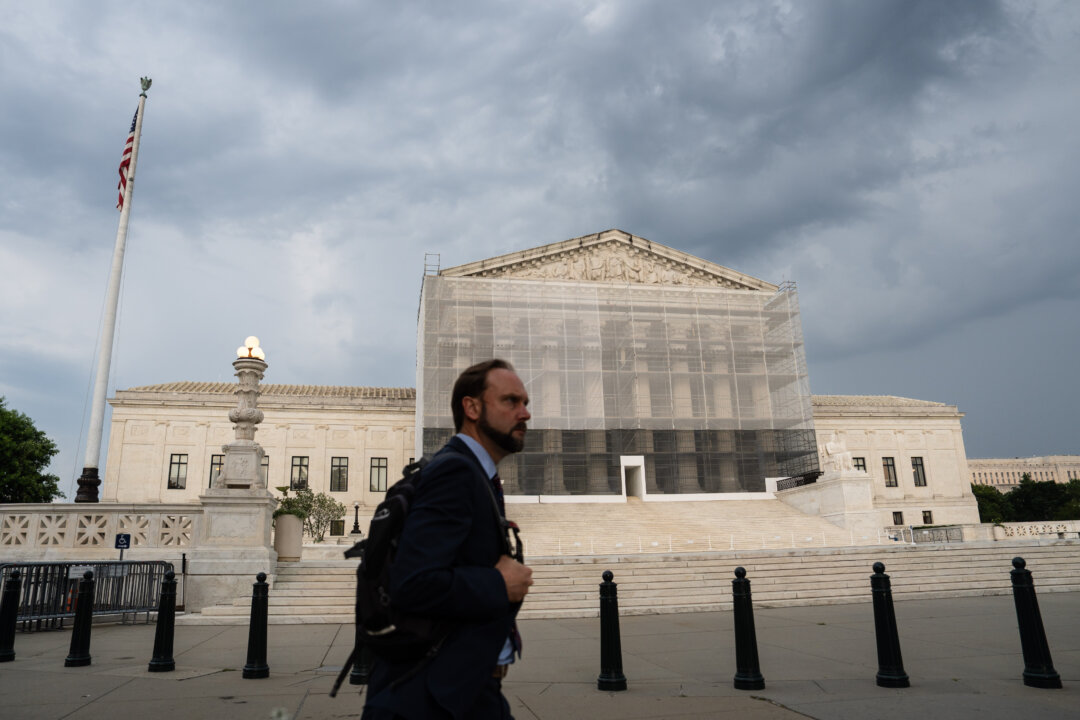Justice Clarence Thomas Dissent Highlights Ongoing Debate on Race-Based Redistricting
Justice Clarence Thomas dissented in a Supreme Court decision delaying a ruling on Louisiana's congressional district, advocating for limits on race-based redistricting.
Overview
- Justice Clarence Thomas dissented in the Supreme Court's decision to delay ruling on Louisiana's second majority Black congressional district.
- The Court opted for additional arguments instead of a ruling, postponing the case to the next term.
- Thomas expressed a desire to impose limits on race-based redistricting, reflecting his views on electoral fairness.
- This case underscores the ongoing discussions about representation and race in congressional districts across the United States.
- The decision highlights broader issues of race and electoral fairness, which remain contentious in American politics.
Report issue

Read both sides in 5 minutes each day
Analysis
Center-leaning sources frame the Louisiana redistricting case as a complex intersection of race and politics, highlighting the Supreme Court's cautious approach amid a conservative majority. They express skepticism towards race-based redistricting while acknowledging the challenges lawmakers face under the Voting Rights Act, reflecting a nuanced, albeit critical, perspective on racial considerations in political boundaries.
Articles (6)
Center (3)
FAQ
Justice Clarence Thomas's dissent highlights his opposition to delaying the ruling and his desire to impose limits on race-based redistricting, emphasizing his view that the Constitution should take precedence over the Voting Rights Act in cases of electoral fairness.
The Supreme Court opted to postpone the ruling to allow for additional arguments and supplemental briefing, setting the case for reargument in a future term.
The debate centers on the conflict between the Voting Rights Act of 1965, which supports protections for minority voters, and the Equal Protection Clause of the Fourteenth Amendment, which Justice Thomas believes should limit race-based redistricting practices.
This case exemplifies ongoing tensions in American politics regarding how race influences the drawing of congressional districts, highlighting the contested balance between ensuring minority representation and enforcing constitutional principles of equal protection.
Imposing limits on race-based redistricting could alter how electoral districts are drawn nationwide, potentially reducing the creation of majority-minority districts and affecting minority voting power, thereby reshaping political representation and the enforcement of the Voting Rights Act.
History
- 2M

 3 articles
3 articles




